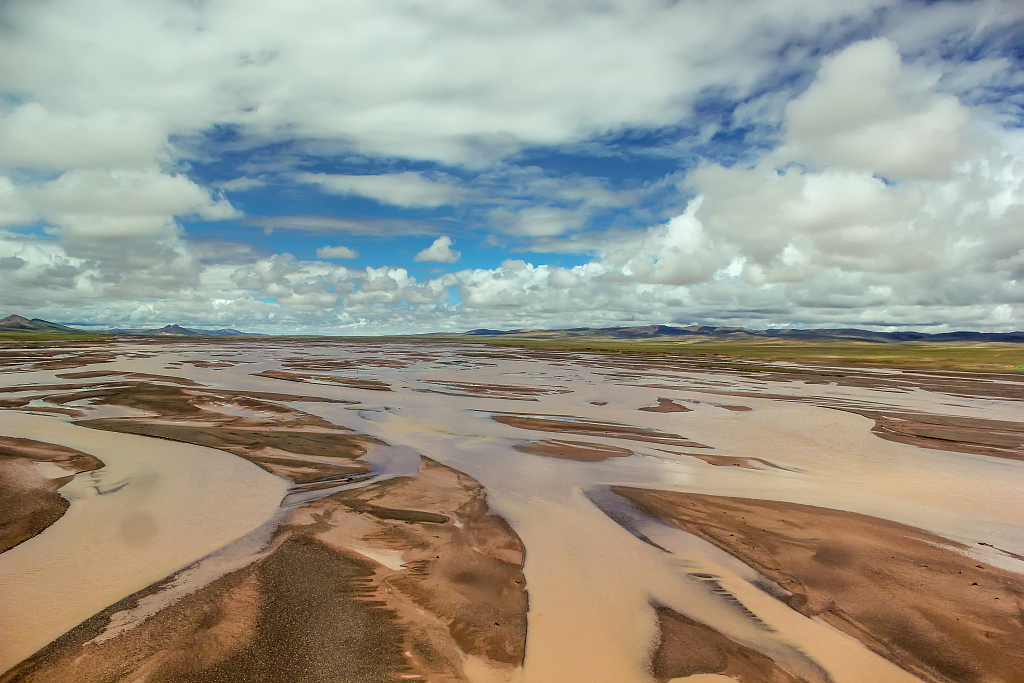The Yellow River, China's second-longest river, is expected to play a more important role in the country's development with new efforts in environmental protection and high-quality development in the river basin. Here are five facts regarding the legend of the river as well as its history and geography.
1. The river got its name Huanghe in Chinese because of its yellow, muddy water, as it runs through Loess Plateau in northwest China.
2. The 5,464-km-long waterway feeds about 12 percent of China's population, irrigates about 15 percent of arable land, supports 14 percent of national GDP and supplies water to more than 60 cities.
3. Originating in Qinghai Province, the Yellow River, known as China's "Mother River" and the cradle of Chinese civilization, runs through nine provinces and autonomous regions including Shaanxi and Henan before emptying into the Bohai Sea in eastern China's Shandong Province.

4. Over the past 2,500 years, the Yellow River has broken its dikes 1,600 times and has made 26 major diversions in its course in its lower reaches.
5. Due to increasing water demand along with economic development, the Yellow River, which accounts for 2 percent of the country's river runoff, experienced cutoffs from 1972 to 1999. Since August 1999, the river has been flowing without cutoff for 20 consecutive years thanks to unified allocation of water resources, according to the Yellow River Conservancy Commission under the Ministry of Water Resources.
(Cover image via VCG.)
(If you want to contribute and have specific expertise, please contact us at nature@cgtn.com.)
Source(s): Xinhua News Agency